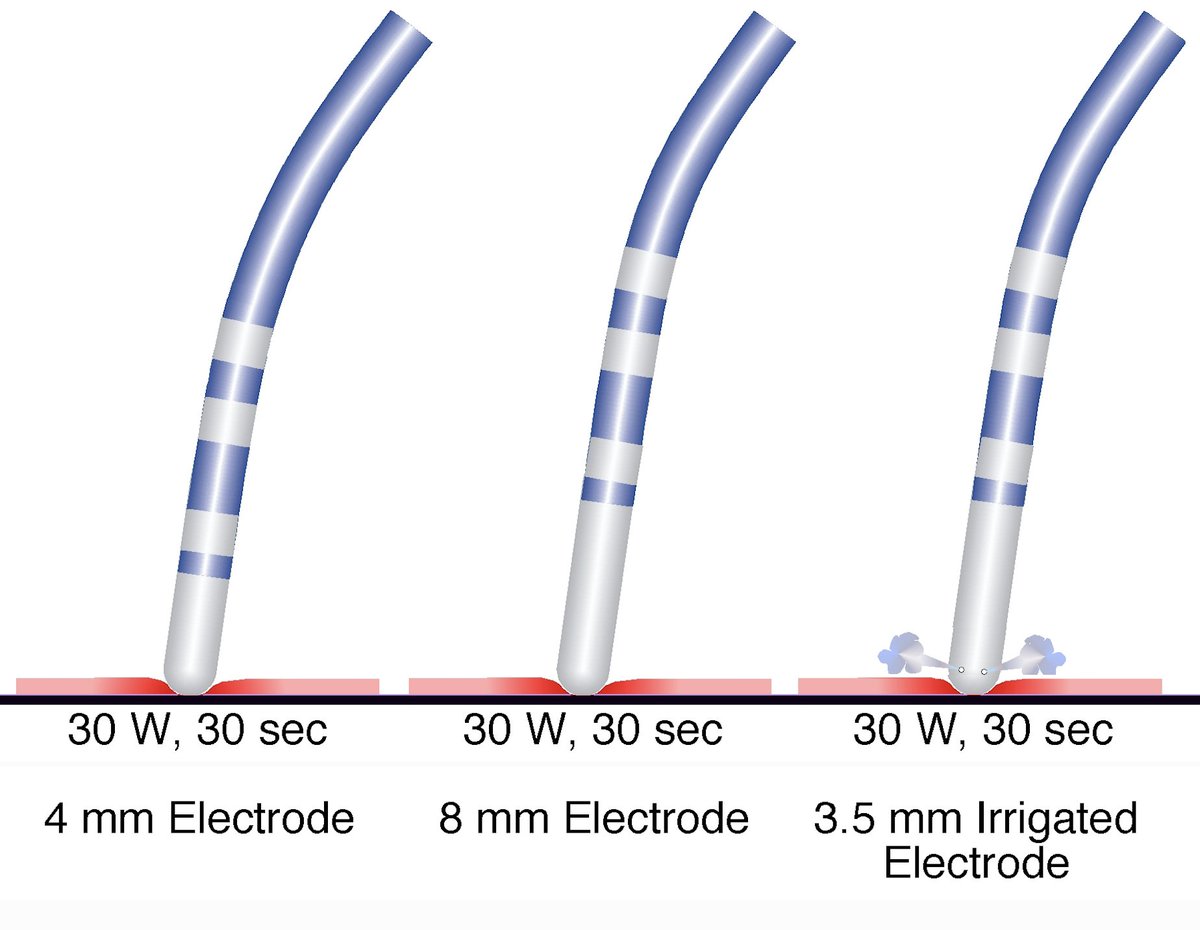
#IssaTweetorials
What is Concealed Conduction?
1/7
Concealed conduction can be defined as "the propagation of an impulse within the conduction system that can be recognized only from its effect on the subsequent impulse, interval, or cycle."
#EPeeps
#CardioTwitter
#ECG
What is Concealed Conduction?
1/7
Concealed conduction can be defined as "the propagation of an impulse within the conduction system that can be recognized only from its effect on the subsequent impulse, interval, or cycle."
#EPeeps
#CardioTwitter
#ECG

2/7
Impulse propagation in the conduction system generates too small electrical current to be recorded on ECG. If this impulse travels only a limited distance (incomplete penetration) in the conduction system, it can interfere with formation or propagation of another impulse.
Impulse propagation in the conduction system generates too small electrical current to be recorded on ECG. If this impulse travels only a limited distance (incomplete penetration) in the conduction system, it can interfere with formation or propagation of another impulse.
3/7
Irregular Ventricular Response During AF:
AVN is expected to conduct at regular intervals when its RP expires after each conducted AF impulse. Irregular response is caused by incomplete penetration of some AF impulses into AVN, variably resetting its refractoriness.
Irregular Ventricular Response During AF:
AVN is expected to conduct at regular intervals when its RP expires after each conducted AF impulse. Irregular response is caused by incomplete penetration of some AF impulses into AVN, variably resetting its refractoriness.

4/7
Unexpected Prolongation of Conduction:
When a PAC or PVC incompletely penetrates the AV conduction system, it can render it partially refractory at the time of the next sinus beat, which may then conduct with longer PRI.


Unexpected Prolongation of Conduction:
When a PAC or PVC incompletely penetrates the AV conduction system, it can render it partially refractory at the time of the next sinus beat, which may then conduct with longer PRI.



5/7
Unexpected Failure of Conduction:
When a PAC or PVC incompletely penetrates the AV conduction system, it can render it fully refractory at the time of the next impulse, which may then be blocked.

Unexpected Failure of Conduction:
When a PAC or PVC incompletely penetrates the AV conduction system, it can render it fully refractory at the time of the next impulse, which may then be blocked.


6/7
Perpetuation of Aberrant Conduction During SVTs:
Concealed trans-septal conduction of an impulse into one bundle branch can perpetuate bundle branch block during subsequently conducted impulse.

Perpetuation of Aberrant Conduction During SVTs:
Concealed trans-septal conduction of an impulse into one bundle branch can perpetuate bundle branch block during subsequently conducted impulse.


7/7
Unexpected Facilitation of Conduction:
When PAC or PVC incompletely penetrates the conduction system, it can normalize conduction of a previously present AVB or BBB by preexciting the conduction system and ending its RP earlier than expected or by CL-dependent RP shortening

Unexpected Facilitation of Conduction:
When PAC or PVC incompletely penetrates the conduction system, it can normalize conduction of a previously present AVB or BBB by preexciting the conduction system and ending its RP earlier than expected or by CL-dependent RP shortening


• • •
Missing some Tweet in this thread? You can try to
force a refresh







